Transformational Design Model (TDM)
Last week, Tara presented on the transformational design model. It is broken down into five parts: assessment, goal, therapeutic plan, therapeutic music exercise, and the transfer of therapeutic learning into the real world. The assessment portion includes a summary of the client’s strengths and needs, as well as some basic diagnosis and background information. The goal is as it sounds – it is the specific and measurable goal that will be addressed through therapy. The therapeutic plan includes examples of ways the goal would be addressed by other therapies that do not use music, such as reading sentences containing words with the target sound or sounds. The therapeutic music exercise portion describes how to use music in a way that will work on those same objectives that a non-music therapist would be using to address the goal. Any relevant NMT techniques would also be included in this section. Where a non-music therapist might have the client read sentences that contain words with the target sound and model the oral motor process for them, a music therapist could write a song that describes the steps in the oral motor process (i.e. tongue behind the teeth for /t/ or lips together for bilabial syllables such as /b/, /m/, or /p/). Once the client has mastered the oral motor portion of making the target sound, the music therapist could then write or use a song with lyrics that contain the target sounds to practice it contextually and strengthen oral muscles needed for speech. It is repetition that builds the neural pathways in our brains, allowing us to learn and improve our abilities, and music is a great tool to structure that necessary repetition and provide opportunities to practice and repeat those skills we wish to improve. The last step in the process is to transfer (generalize) the therapeutic learning into the real world. Once the client can successfully produce the sound within a musical context, the music will be faded out and the client can begin to transition from singing to speaking by reading books or having conversations. This generalizes the skills learned and mastered through music into skills the client can use in their daily life.
-Becca




